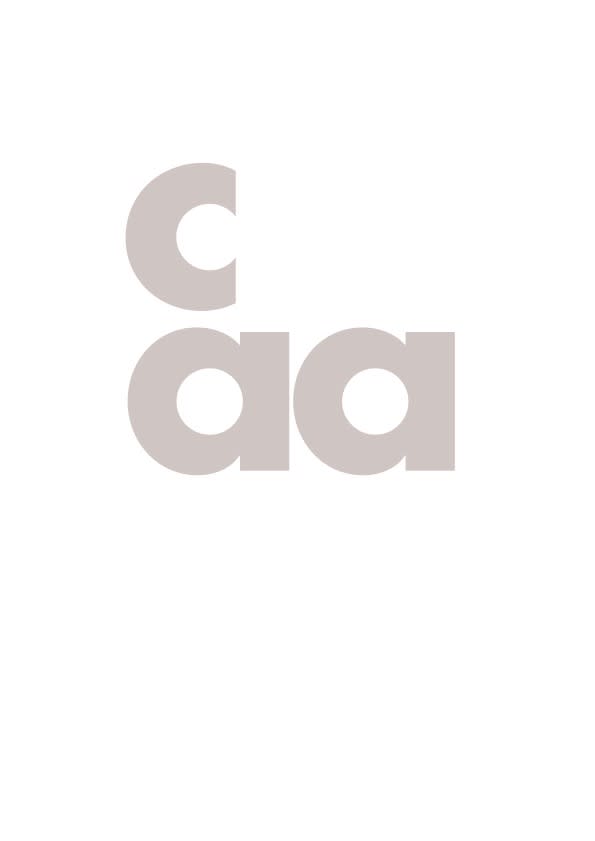Textile artist Majeda Clarke is intrigued by the imperfections in hand-woven fabric, the randomness of pattern and faded narratives embedded in cloth that evokes memory. By highlighting the geometry of weave and playing with pops of vibrant colour, inspired by her own cultural journey from Bangladesh to Britain, Clarke aims to bring a modern aesthetic to an ancient craft. There is also an emphasis on the local, working with weaving communities; her Welsh mill-woven pieces explore a nearly lost weaving heritage, manipulating traditional double cloth techniques without traditional patterns.
HER STORY
“The act of making cloth connects me to a long line of weavers whose tradition is vanishing in a world of mass production. It is the space where storytelling, making and memory meet.”
It was my grandmother’s Jamdani sari that set me on my journey into cloth: a fascination with the stories of that fabric woven for the Moghuls to questions about the weaver’s relevance in the present day and the dynamics of heritage. Textiles evoke memory; the contours of the wearer remain where cloth sags, frays and stains. I still have that original Jamdani sari, lovingly hand woven all those years ago.
I am intrigued by the imperfections in hand woven fabric, the randomness of pattern and faded narratives embedded in cloth. Flaws give a cloth value, signalling the hand of the maker. This theme is reflected in my own hand made pieces often dyed to seep colour and expose the threads where warp and weft fail to meet. My work can literally be ‘...traced back to the event of a thread’ as sections of warp come away from the cloth and then rejoin to reveal the hands that make it continually deconstructing and reconstructing the same cloth.
By highlighting the geometry of weave and playing with strong colour inspired by my own cultural journey from Bangladesh, I like to bring a modern aesthetic to an ancient craft. My work is often influenced by the sharp lines of Modernist Bauhaus design interwoven with pops of vibrant colour. The pieces have a duality about them that can’t be placed, such as the ethereal Jamdani muslin scarves which create a sense of light and space but layer with solid, dark motifs or my contemporary but cosy blankets.
There is an emphasis on the local, regional practices that sustain communities, tell stories and remind us of the value of making. Communities such as the Jamdani weavers of Dhaka who weave what the Romans once called “woven air”, a thousand year old technique that has UNESCO World Heritage Status. My UK mill woven pieces also explore a lost weaving heritage, manipulating traditional double cloth techniques without traditional patterns. I never compromise on quality and my British blankets are woven in a Welsh Mill with yarn spun in Yorkshire that feels like cashmere. The relationship between people, place and environment are essential elements that run through my work. All my pieces are sold with a card that carries the signature of the weaver and a map of its heritage; for beautiful things take time to make and builds on the skills of a past generation. A crafted piece is to be cherished forever.



